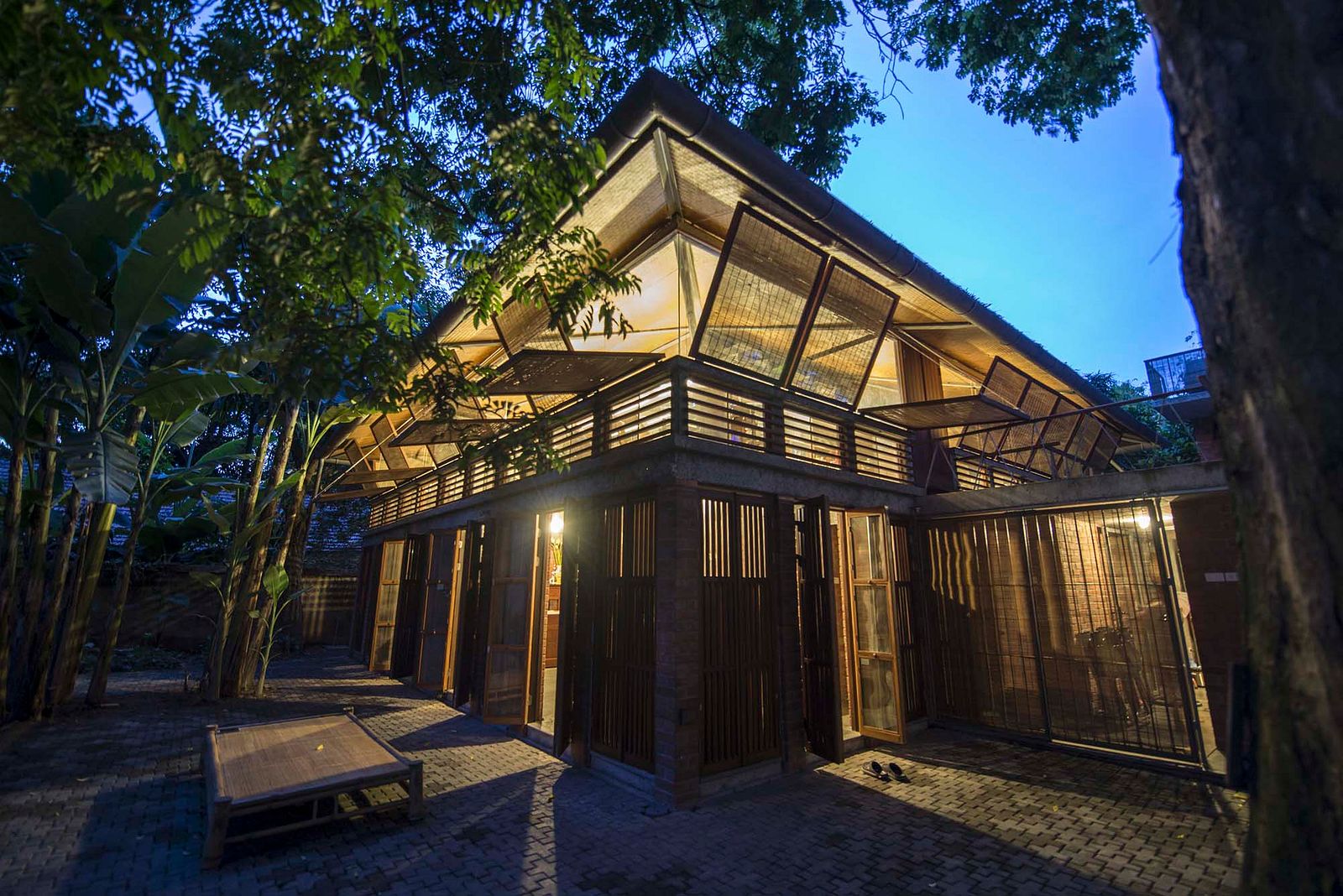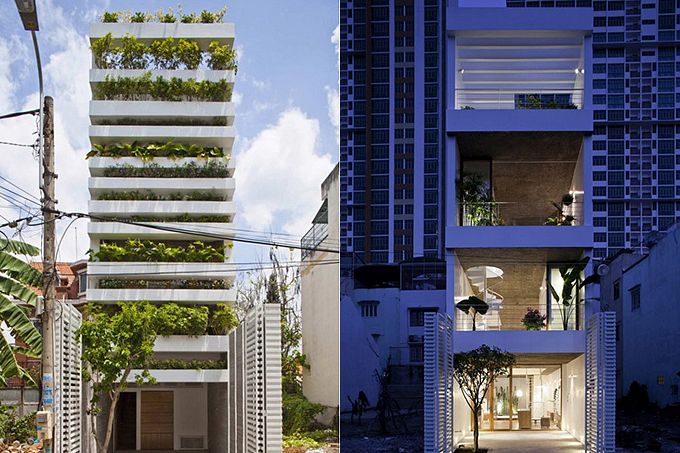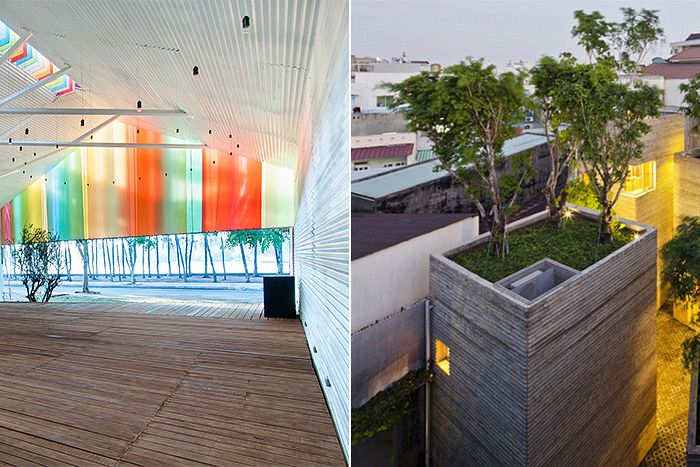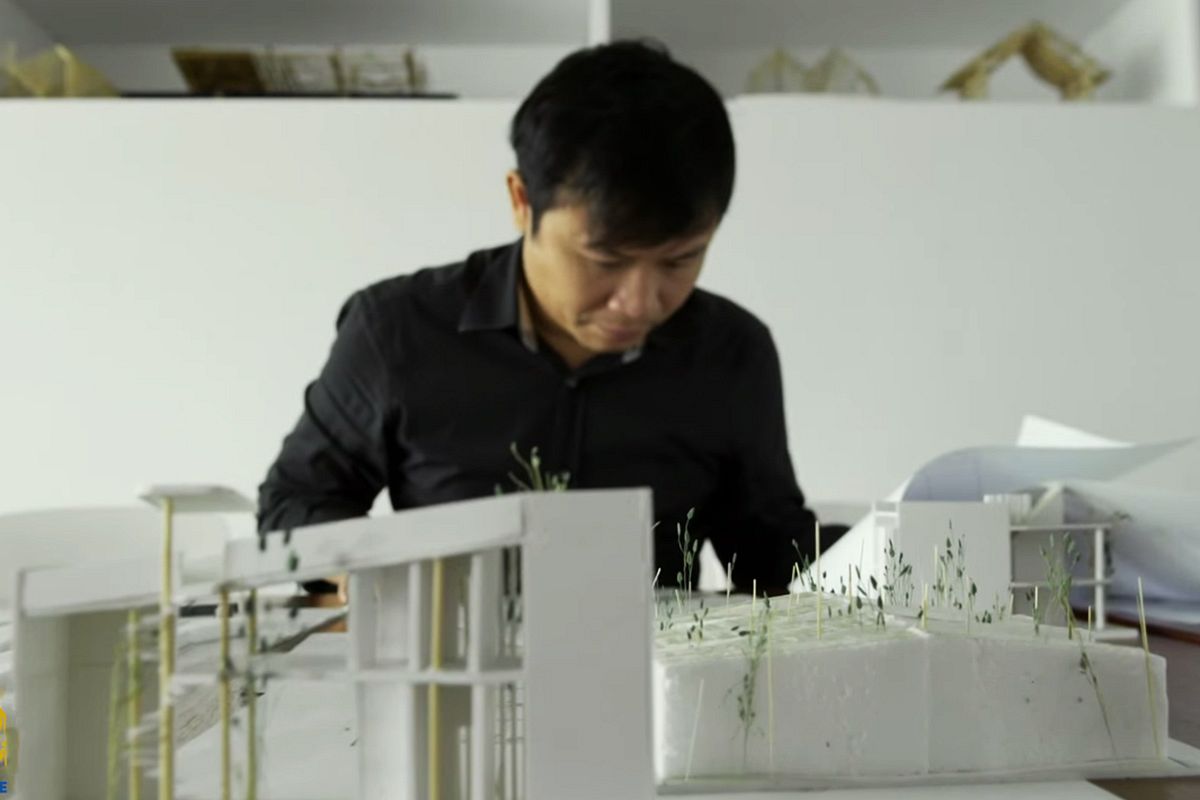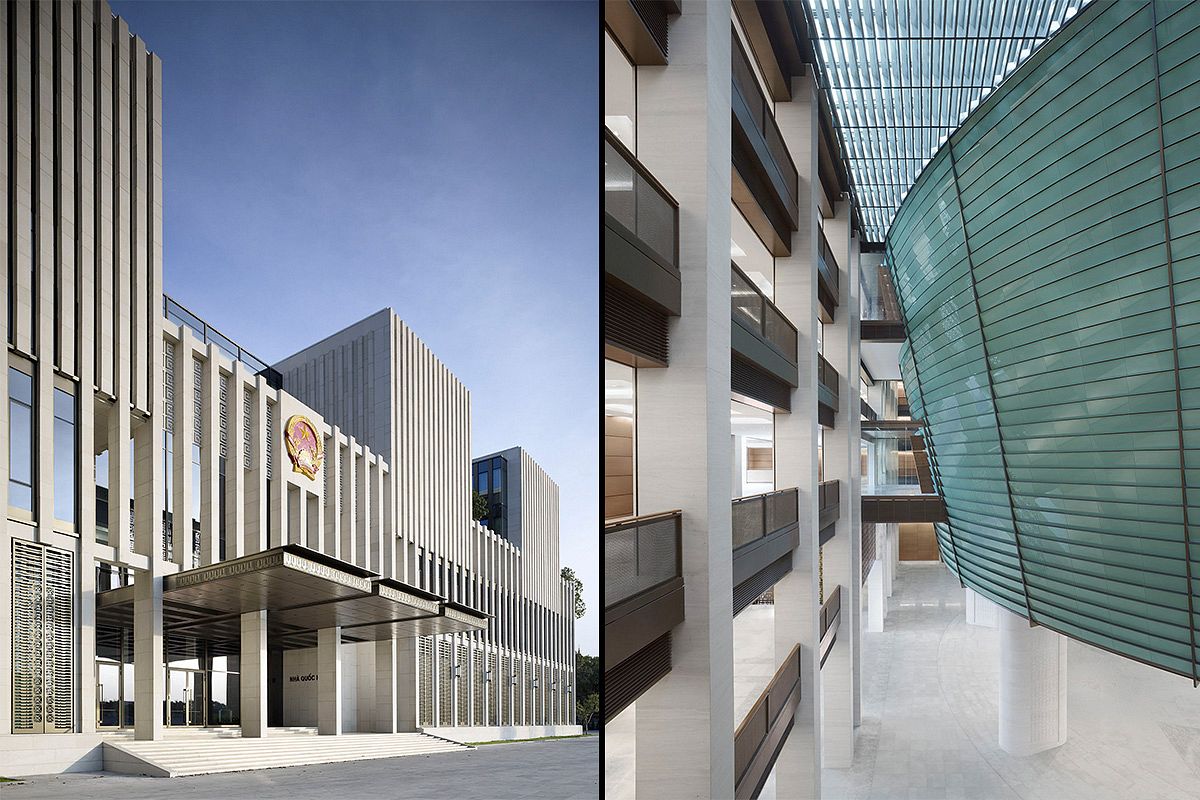Facebook has proven to be a capable tool for those looking to raise awareness for the preservation of Saigon's historic buildings.
The Facebook group Saïgon-Chợ Lớn Then & Now sponsored by Saigoneer and Historic Vietnam has succeeded in raising our consciousness about the historical heritage of Saigon, while Đài Quan Sát Di Sản Saigon - Saigon Heritage Observatory, the conservation group set up to campaign for the preservation of the Tax Trade Centre, focuses on preservation of heritage properties and culture. The French Colonial buildings and villas around the city are obvious examples of the Saigon’s heritage, and these buildings are generally the focus of these groups.
However, as Mark Bowyer recently pointed out on his blog Rusty Compass, the Vietnamese modernist buildings constructed from the 1950s through the mid-1970s are also in increasing danger of demolition and this heritage is being lost every day. This distinctly Vietnamese movement in architecture goes unnoticed by most people, partly because many of these modernist buildings lack the ornate flair of their colonial-era counterparts.



Therefore we are very happy to have Saigoneer sponsor a new Facebook group focused on Vietnamese Modernist Architecture. This group has set out to define the character of this architectural movement and publish examples of masterpiece buildings of this period, as well as raising awareness of those in danger of demolition for new development.
Modernism around the world is a philosophy arising from the industrial age, and is manifested in art, music, and architecture. Modernist architecture made use of the new materials and science developed in the industrial age, and therefore represented a departure from the classical architecture of the past. These buildings generally do not have ornamentation, and express the structure and function of the building.
While modernist architecture around the world remained largely minimalist, Vietnamese architects embraced the philosophy, but took the architecture in uniquely-rich Vietnamese directions. They focused on adaption to the tropical climate, and experimentation with composition with intricate form elements and patterns of colors and textures. Join us as we explore this architectural heritage and fabric of Saigon.


